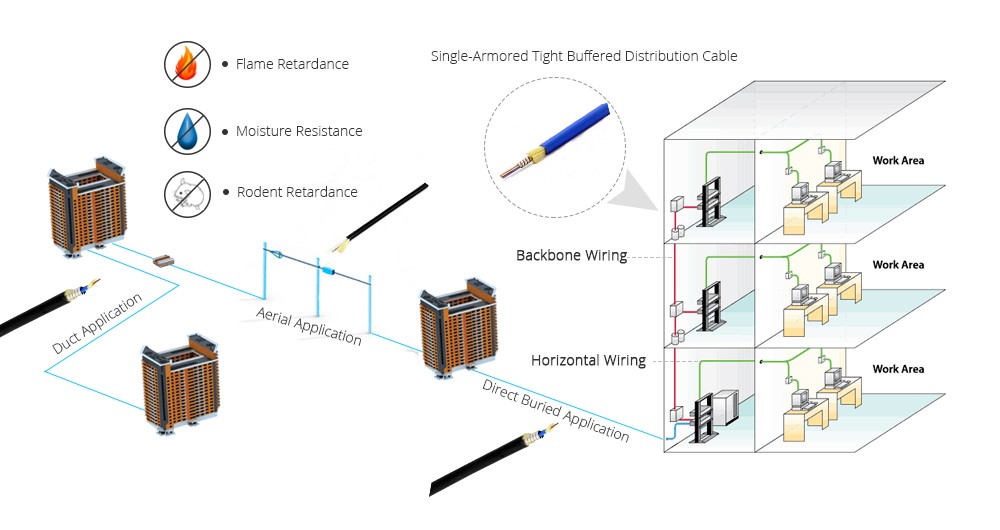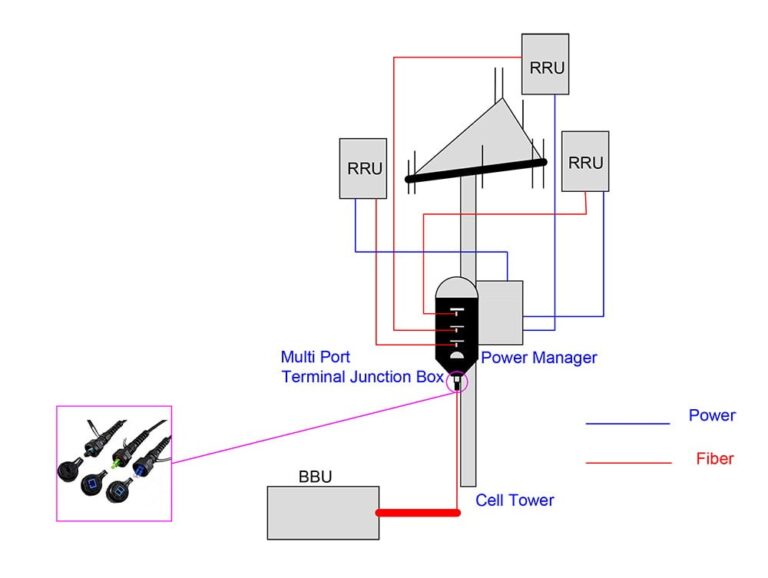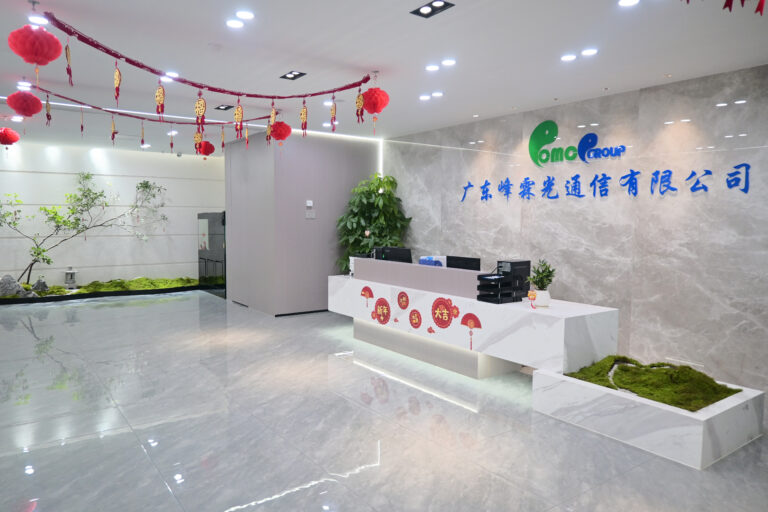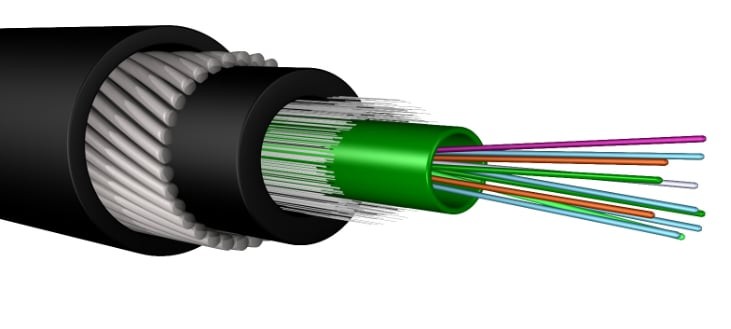Patch cables, also known as patch cords, are key components in modern networking. These cables connect devices to a network, allowing seamless data transmission between computers, servers, and other hardware. However, in environments where durability and protection are paramount, a standard patch cable may not suffice. This is where armored patch cords come into play.
What Is a Patch Cable?
A patch cable is an electrical or optical cable that connects one electronic device to another for signal routing. They are commonly used in telecommunications, networking, and audio applications. Patch cables come in various lengths and types, including Ethernet, fiber optic, and coaxial. Typically, they have connectors on both ends, making it easy to link devices without complex installation procedures.
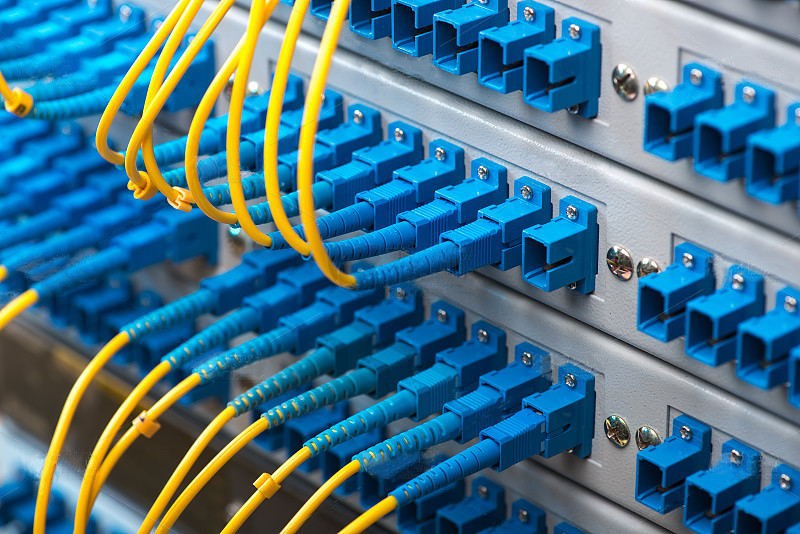
The Role of Patch Cables
While standard patch cables are suitable for many indoor applications, they can be vulnerable in harsher environments. Armored patch cords provide an additional layer of protection, making them ideal for rugged settings, such as industrial locations, outdoor applications, or areas with high foot traffic. The key difference between this and a regular one lies in the protective layer—usually a steel or aluminum coating—that shields the cable from physical damage.
This metal armor encases the cable and protects it from abrasion, crushing, and cutting, ensuring that the internal wiring remains intact even under challenging conditions. In industries where exposure to machinery, tools, or environmental elements is a concern, patch cables offer peace of mind and prolonged durability.

Advantages of Using Armored Patch Cords
- Enhanced Durability: The most notable feature of patch cables is their ability to withstand extreme conditions. Whether exposed to harsh weather or physical stress, the protective layer prevents damage that could compromise the integrity of the cable and the network it supports.
- Improved Security: In environments where network security is critical, using patch cables helps ensure that no data is lost or tampered with due to cable damage. For businesses that rely on constant, uninterrupted data flow, these cables can be crucial.
- Fire Resistance: Many armored cables are designed to be fire-resistant, adding another layer of protection in environments prone to fire hazards. This feature makes them ideal for use in data centers or facilities handling sensitive materials.
- Cost-Effective in the Long Run: While patch cables may have a higher upfront cost compared to their non-armored patch cord, their durability means less frequent replacements and repairs. Over time, this translates to significant cost savings, especially in settings where cables are exposed to wear and tear.
Applications of Armored Patch Cords
Patch cables are widely used across various industries due to their robustness. Some common applications include:
- Industrial settings: Factories and warehouses where cables may be exposed to machinery.
- Outdoor installations: Networks that operate in harsh weather conditions.
- Military and defense: High-security environments where cable integrity is essential.
Conclusion
Patch cables are essential components of any network. OMCCABLE manufactures quality armored patch cords for any industry. When operating in tough environments, these chords offer the protection needed to maintain reliability and performance. Their enhanced durability, security, and fire resistance make them a preferred choice in industrial, outdoor, and high-security applications.
